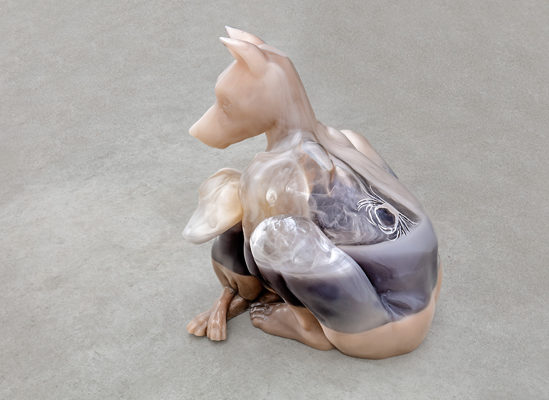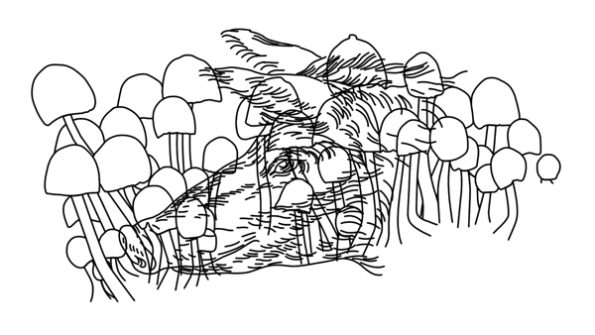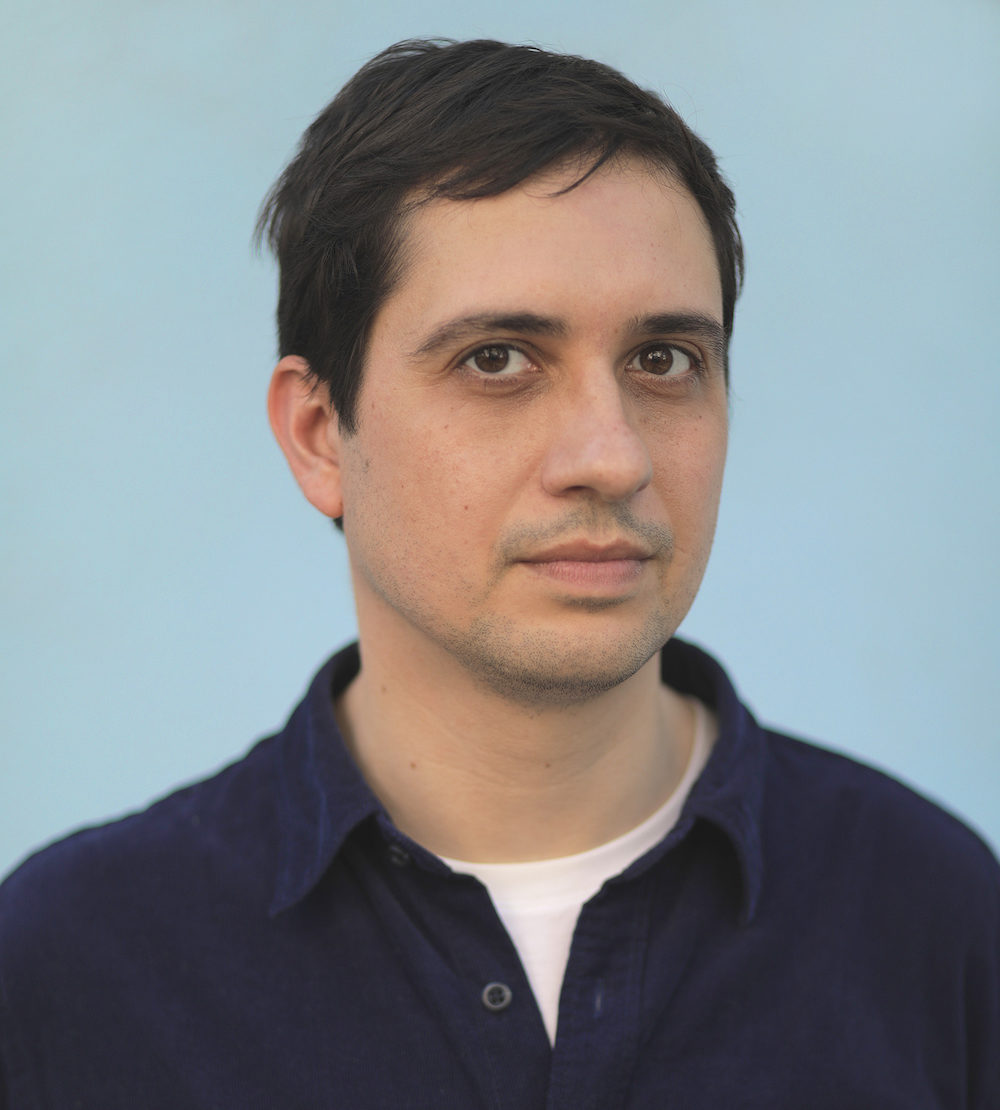Search
To search for an exact match, type the word or phrase you want in quotation marks.
A*DESK has been offering since 2002 contents about criticism and contemporary art. A*DESK has become consolidated thanks to all those who have believed in the project, all those who have followed us, debating, participating and collaborating. Many people have collaborated with A*DESK, and continue to do so. Their efforts, knowledge and belief in the project are what make it grow internationally. At A*DESK we have also generated work for over one hundred professionals in culture, from small collaborations with reviews and classes, to more prolonged and intense collaborations.
At A*DESK we believe in the need for free and universal access to culture and knowledge. We want to carry on being independent, remaining open to more ideas and opinions. If you believe in A*DESK, we need your backing to be able to continue. You can now participate in the project by supporting it. You can choose how much you want to contribute to the project.
You can decide how much you want to bring to the project.

The sculpture entitled Perro de caza (Hunting Dog) now kept at the Glyptothek in Munich originally decorated the tomb of an unknown Greek citizen. We are unaware of his fate, yet the marble, dated the third century BC, depicts the animal with a despondent countenance, his snout pointing downwards, following a prized trail that disappears under ground. Its presence is a true oddity in this mausoleum filled with gods and dignitaries that architect Leo von Klenze designed in the early nineteenth century. Someone decided that a lost piece from one of its back legs should not be restored, and the broken line drawn by this thigh is now a resort that takes us back in time and reminds us that, in spite of the naturalness and convincing gesture, we are actually before a bock of chiselled stone.
The sculpture entitled Perro de caza (Hunting Dog) now kept at the Glyptothek in Munich originally decorated the tomb of an unknown Greek citizen. We are unaware of his fate, yet the marble, dated the third century BC, depicts the animal with a despondent countenance, his snout pointing downwards, following a prized trail that disappears under ground. Its presence is a true oddity in this mausoleum filled with gods and dignitaries that architect Leo von Klenze designed in the early nineteenth century. Someone decided that a lost piece from one of its back legs should not be restored, and the broken line drawn by this thigh is now a resort that takes us back in time and reminds us that, in spite of the naturalness and convincing gesture, we are actually before a bock of chiselled stone. Wouldn’t it be more logical for architectural works, statues and monumental reliefs to remain in their original sites? In any event, these works –dog included – remain hermetically conserved and accommodated on the grass of the Munich Kunstareal.
Meanwhile in Berlin, the Tanya Leighton gallery welcomes a new exhibition by Oliver Laric inaugurated to coincide with Gallery Weekend. We can’t help thinking of a sort of glyptothek-repository when we contemplate Laric’s work. The artist has spent the last decade making replicas and customised versions of sculptures that are now kept in museums and public collections. Using 3D scanning technology Laric has generated a large number of free files ready for printing. With this gesture he intends to trigger notions like reproduction and appropriationism, although he also hopes to have a say in the passionate debate on the impact of digital media in artistic production. Albeit this time Laric has started from scratch to design his pieces, there is still an interaction with the classical language of sculpture, as we see in his choice of theme and material. His gleaming half-man and half-dog Hermanubis figures seem to be cut in jade, an acknowledgement of ‘old materialism’ and a mental note on the reification of spirituality: jade, like many other minerals, is thought to have magical properties.
Meanwhile in Berlin, the Tanya Leighton gallery welcomes a new exhibition by Oliver Laric inaugurated to coincide with Gallery Weekend. We can’t help thinking of a sort of glyptothek-repository when we contemplate Laric’s work. The artist has spent the last decade making replicas and customised versions of sculptures that are now kept in museums and public collections. Using 3D scanning technology Laric has generated a large number of free files ready for printing. With this gesture he intends to trigger notions like reproduction and appropriationism, although he also hopes to have a say in the passionate debate on the impact of digital media in artistic production. Albeit this time Laric has started from scratch to design his pieces, there is still an interaction with the classical language of sculpture, as we see in his choice of theme and material. His gleaming half-man and half-dog Hermanubis figures seem to be cut in jade, an acknowledgement of ‘old materialism’ and a mental note on the reification of spirituality: jade, like many other minerals, is thought to have magical properties.
We may also discover this connection with alterity in the video entitled Betweenness that is presented as the central theme of the exhibition. The music of Ville Haimala, a member of Amnesia Scanner, works as a soundtrack and invades the semi-darkness of the Kurfürstenstraße. On the screen, a line of industrious ants makes swift progress, laden with a range of objects. Their procession introduces us into this tale of transformation and regeneration where the vegetable, the animal, the mineral and the technological converge. The idea behind its title – betweenness – originally defines an algorithmic problem that concerns the order of things. The effect of some things on others varies according to their closeness, generating interdependencies and mutations. The intermediation illustrated by Betweenness seems to evoke the interspecific empathy suggested by Haraway: dinosaur, mantis, hands weaving, frog, fungus — they all play an equal part in it.

Oliver Laric: Betweenness. Courtesy Tanya Leighton
Although it could be designed to act as a temporal indicator, Laric has given the exhibition the title of Year of the Dog. Indeed, according to the Chinese horoscope, the attributes of the dog rule our joys and sorrows in this unsettled twenty-eighteen. We should not forget that this astrological claim could respond to the need for invoking a universal order capable of weakening, the social, the economic and even the speciesist framework. Interest in astrology is growing and it is becoming increasingly more common to find its traces in exhibitions and conversations. In Berlin, the dictates of the planets and stars do not only appear in Laric’s exhibition — not too far away, at the Barbara Wien gallery, the calendars by Mariana Castillo Deball saturate the exhibition space and point to the stars as a measure of time and a form of prediction. Or from a more ubiquitous sphere such as that of the radio, the Emotional Labour Queen agony aunt on Berlin Community Radio uses the zodiac to offer advice and solutions to the sentimental problems of its audience.
It is providential that in Betwenness Laric should resort to the lightness of the line in a narrative that is, at once, personal and universal. A story that is part game and part hypothesis. Nothing is conclusive and everything is objectionable, yet we cannot avoid abstracting the shapes, gestures and motifs drawn in front of us into something as basic as that — the line.
Tim Ingold suggests that the line enables us to address a range of phenomena and subjects leaving their condition to one side; animate or inanimate, at the end of the day everything can be reduced to a sum of lines. The hand too and the lines on its palm are a reading device, says Ingold, and reading is no doubt the first step for revealing issues that would otherwise remain plunged in darkness. The esotericism that pervades Year of the Dog has more in common with reading than with predicting. What is truly relevant is perhaps the description of the journey, an end in itself. When all is said and done, there is not much sense in venturing on the how and when if what is vital is to discover fairer ways of interrelating. This could be the refuge that will protect us from the embrace of Hermanubis.

Marc Navarro is a curator and writer. He has collaborated with art-projects and institutions such as the Sala d’Art Jove, the Centre Cívic Can Felipa, Fundació Joan Miró and Centre d’Art La Panera. His texts have appeared in exhibition catalogues and various publications such as: A*Desk, El Estado mental and Revista Artiga.
Photo: Silke Briel
"A desk is a dangerous place from which to watch the world" (John Le Carré)